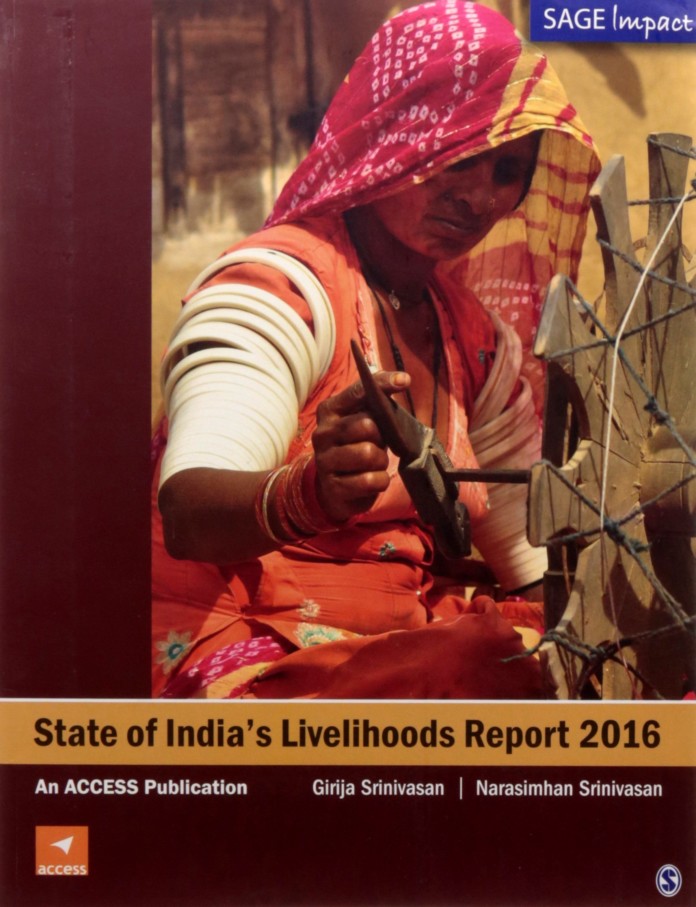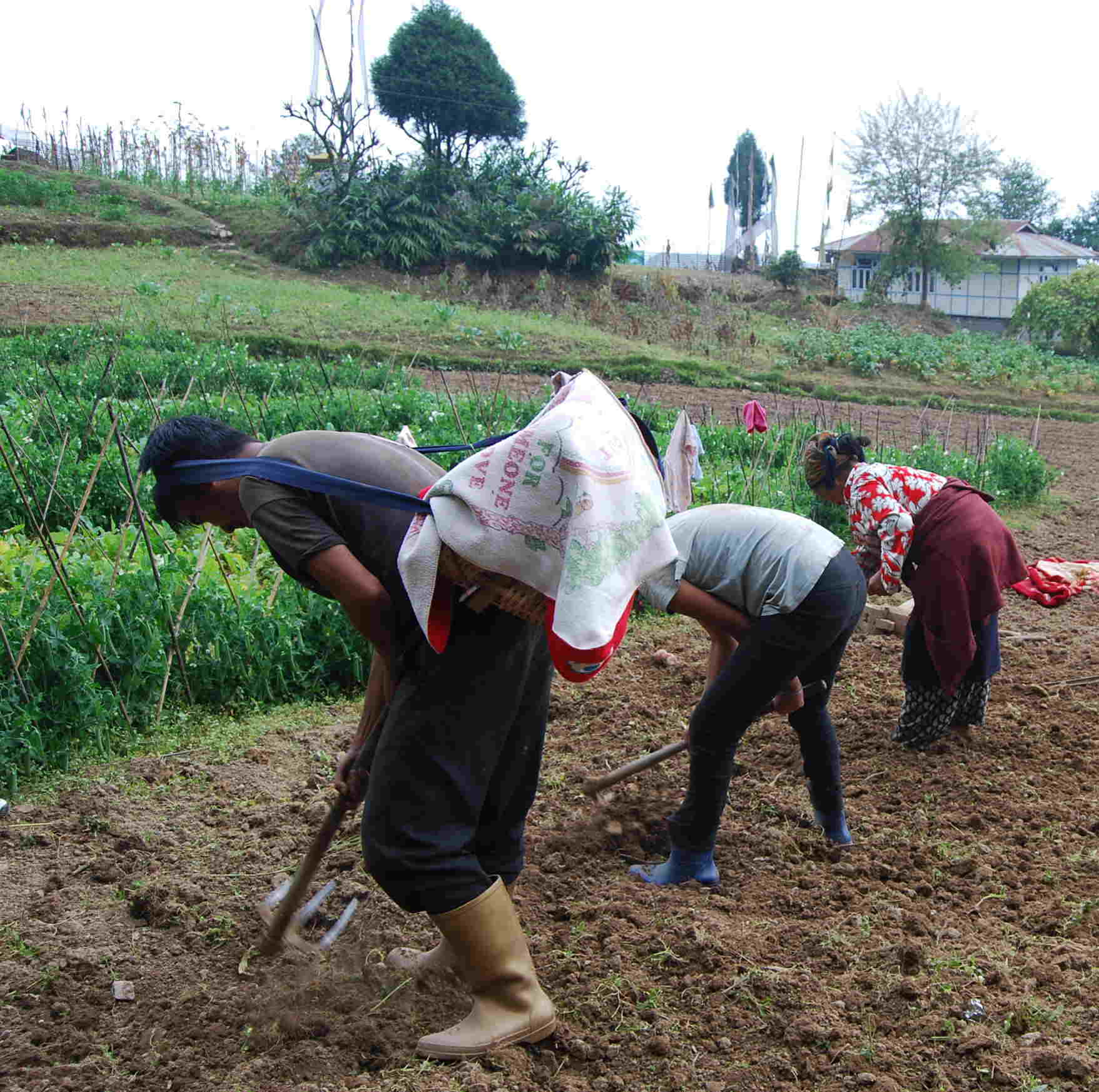State of India’s Livelihoods Report 2016
he second State of India’s Livelihoods (SOIL) report is highly informative and offers rare insights. It compiles the perspectives of leading experts in various fields connected with livelihood. Excerpts from ‘The Practitioner Roundtable’ give a lively deep dive into each of the experts’ mind. A video link to the round table would have been very useful.
According to the World Bank, 26% of the world’s poor live in India. And 300,000 farmers have committed suicide between 1995 and 2015. So ‘poverty’ is going to remain as the mainstay of India’s economic and political focus and discussion for many years to come. Efforts of the last 70 years had had only a limited impact of moving people out of poverty. Since abysmal implementation, not policies, nor resources has been blamed for the poor results, time seems to have arrived to fix this hurdle.
Thanks to recent technologies the prospects of minimizing leakage of funds for poverty alleviation has improved considerably. Better subsidy delivery directly through bank accounts to the poor, is going to be the game changer whose impact can be felt in the next two to three years.
Negative Returns on Most Crops
Economic growth between 7% and 10% in the next ten years is expected to lift most of today’s poor above the poverty line. But the economy, particularly agriculture on which 60% of the population depends on, needs fundamental reforms. The fact that out of 14 major crops, 7 provide a negative net return and three others offer a net return of less than 5% means the minimum support price (MSP) strategy has not been working.
In most states, wholesale prices of most commodities were lower than the MSP. With tons of grains in IFC godowns perishing and negative returns of farmers, the agriculture policy has all but failed. Experts say agriculture growth much higher than the ambitious 4% is needed to lift the farm sector. With climate change threats Indian agriculture is all but likely to be in disarray for a long time.
Only an aggressive policy with even more aggressive time-bound outcome executed on a mission mode can help the farm sector. The incremental and wait-and-watch policy is not going to work. It’s easier for the government to maneuver the manufacturing and the services sector but reforms but it has to take the lead in reforming the farm sector and make it more productive. The risk of giving the agriculture sector a soft pedal is going to be very high.
One of the paradigm shifts in how India deals with its poor is by gradually reducing subsidy and increasing access to easy and cheap credit. Prof. Muhammad Yunus says, easy and cheap credit, not subsidies has the higher chances of moving people out of poverty. On that count, India is lagging behind big time. The microcredit scenario, that looked promising five years ago, appears to have taken a few steps backwards due to policy ambiguity. Inability to deal with a few black sheep should not result in backtracking on a very important initiative.
Special chapter on North East is welcome. The seven states need investment and a good atmosphere for growth. Their highly evolved culture and social fabric will ensure that they can progress at good speed if led well.
The demographic dividend is all set to become a demographic nightmare. Even if the centre is aggressive with its plans, most states appear casual to the problem. The impending GST (general sales tax) regime is likely to eliminate several inefficiencies and result in greater opportunities in all sectors.
The SOIL report is highly informative and easier to read. An executive summary at the beginning and in the beginning of each chapter would have helped. Its wish list though is disappointing. While it starts well by saying, “the rush of new policies and schemes dares us to dream,” its list looks more like begging for incremental changes. A poverty free India is unlikely even in the next 3 decades with these.











